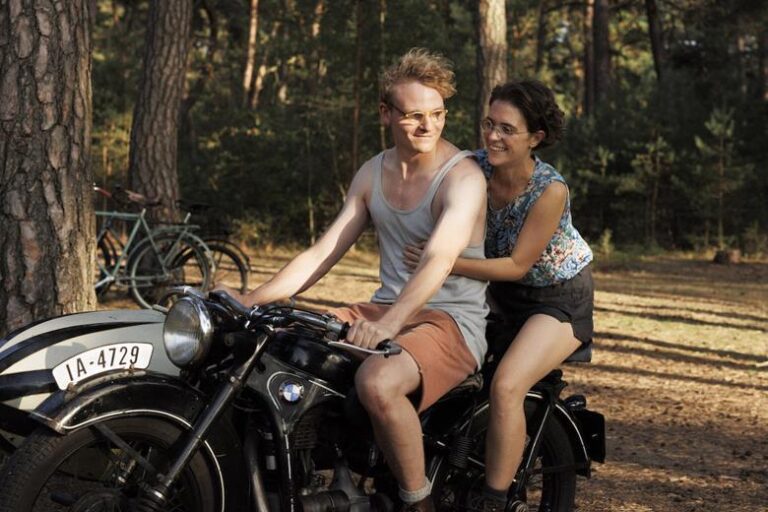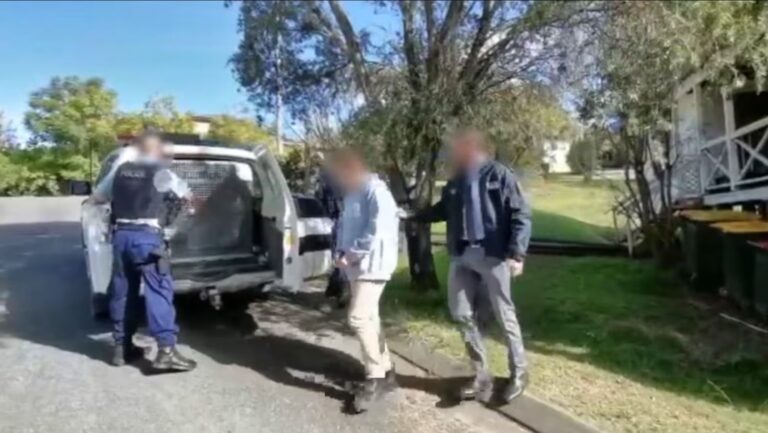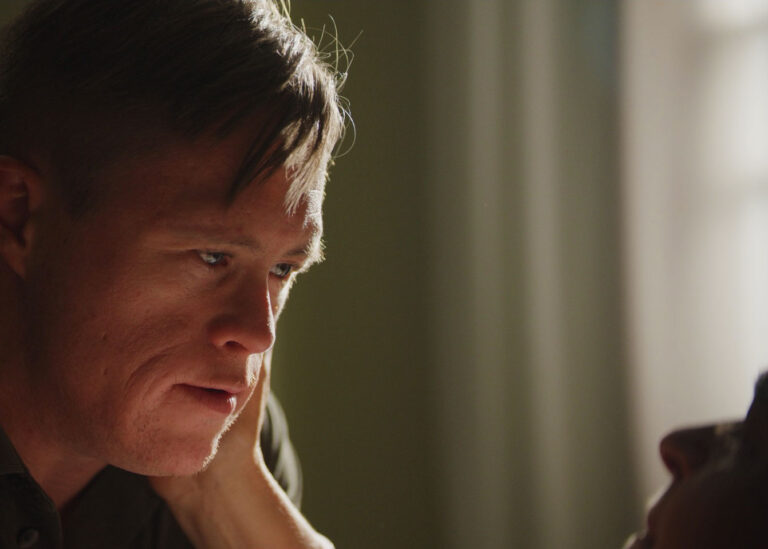
Climate change’s path of destruction

Sydneysider: A personal journey
It’s clear Sydney’s climate is changing for the worse, and extreme weather events are happening more often. And now we have tornadoes. Tornadoes. In Victoria and NSW. Let’s not let that, and what it augers for the future, slip past without notice.
The other day, my partner, Lee, and I, drove down to Batemans Bay, taking the road through Seven Mile Beach National Park. It’s a gorgeous drive through a tall, magnificent, old-growth eucalypt forest, but abruptly the road passed into a scene of devastation.
On either side of the road, huge swamp mahoganies had been smashed to the ground, or stood starkly, stripped of leaves, against the sky. The debris, a deep, tangled, pile of branches, covered the ground.
On February 27 a tornado had passed across the road diagonally, and the extraordinary thing was that its path – maybe 400 metres wide – was so clearly defined. On one side the forest was intact, and on the other, all was destruction and chaos.
I have seen this before, and in Sydney.
On the afternoon of 21 January 1991 a severe storm – perhaps we should call it a cyclonic event – tracked through our city on a narrow front, moving from the south-west to the north-east. The National Parks and Wildlife Service office in Parramatta, where I worked, was on Valentine Square and it seemed we were right in the storm’s path. The wind hit with extraordinary ferocity and we were advised to move away from the windows. Some of us went down to the foyer to watch events from the ground floor, where you could stand well back from the thick plate glass facade, but it began to pump in and out alarmingly.
Suddenly it was over. There was chaos on CityRail and the roads. It took a long time to get home.
The next morning the boss suggested I drive up to Ku-ring-gai Chase National Park, which had been hit hard. He’d arranged a helicopter inspection of the devastated area and the idea was that, as the resident media liaison person, I should get a first-hand look.
I lugged the office mobile phone to the car and we sped to Ku-ring-gai. We’d purchased the phone a few months earlier after a great deal of soul-searching about the cost. It was a rugged, highly portable “military specification” job, about the size and weight of three house bricks, with an attached hand piece on top. It had an amazing four or five hours stand-by and a handy half-hour talk time.
Driving north, we passed though the leafy Upper North Shore where council and RTA road crews were struggling to clear fallen blue gums from the roads.
From the air, Ku-ring-gai Chase National Park was an extraordinary scene. The wind had funnelled through it on a front maybe a kilometre wide.
It had radio drama written all over it. It was about eight minutes to nine when I managed to get through to the first radio news-room on my list. With that sort of margin you could never, usually, expect to crack the next hourly news, because the script had already been written. At the time, the Gulf war was approaching a climax, but when I described what I was seeing, the journo jumped at it. There were now five minutes to spare.
“Keep the line open”, he said. “We’re going to open the bulletin with you. Without introduction. I’ll count down, ten to zero. And then you start talking”.
The pilot circled and I listened to the presenter until he announced the news break. The producer counted me in.
I started by saying I was looking down at an incredible scene of devastation. It was as if, I said, “a giant’s hand had brushed across the landscape”, flattening everything in its path. Below me, three of the huge masts that carried the high-voltage electricity distribution lines over the park were lying on the ground amid the shattered remains of woodland. It was incredible that mighty structures of such minimal wind resistance could be pushed over like that.
The fingers of the wind had reached into the deepest gullies downing tall old eucalypts. As we flew over Terrey Hills I described shattered homes and greenhouses. The wind had burst in through the front windows of a solid brick house and its pressure, building up inside, had exploded the rear of the house out across its back yard in a litter of bricks, widows and furniture. At another house, a three-storey brick turret lay in ruins.
I must have talked for a couple of minutes before they cut and moved to the rest of the bulletin. I recorded pieces for two or three more stations after that, and then we flew back. We landed at an NPWS works depot that had been in the path of the wind and I stumbled out of the chopper in a daze. Some of the guys greeted me, laughing. They’d been listening in on the aviation frequency. It seemed the NSW Premier, Nick Greiner, then in the last weeks of his short reign, had commandered the police helicopter with the aim of doing media, but he’d heard me on radio, decided he’d been beaten to it, and turned back.
I remember sitting down on a fallen tree and watching a family of blue wrens picking excitedly through the shredded vegetation, looking for half-dead insects. Amazing that they’d survived. It’s an ill-wind that blows nobody any good.








